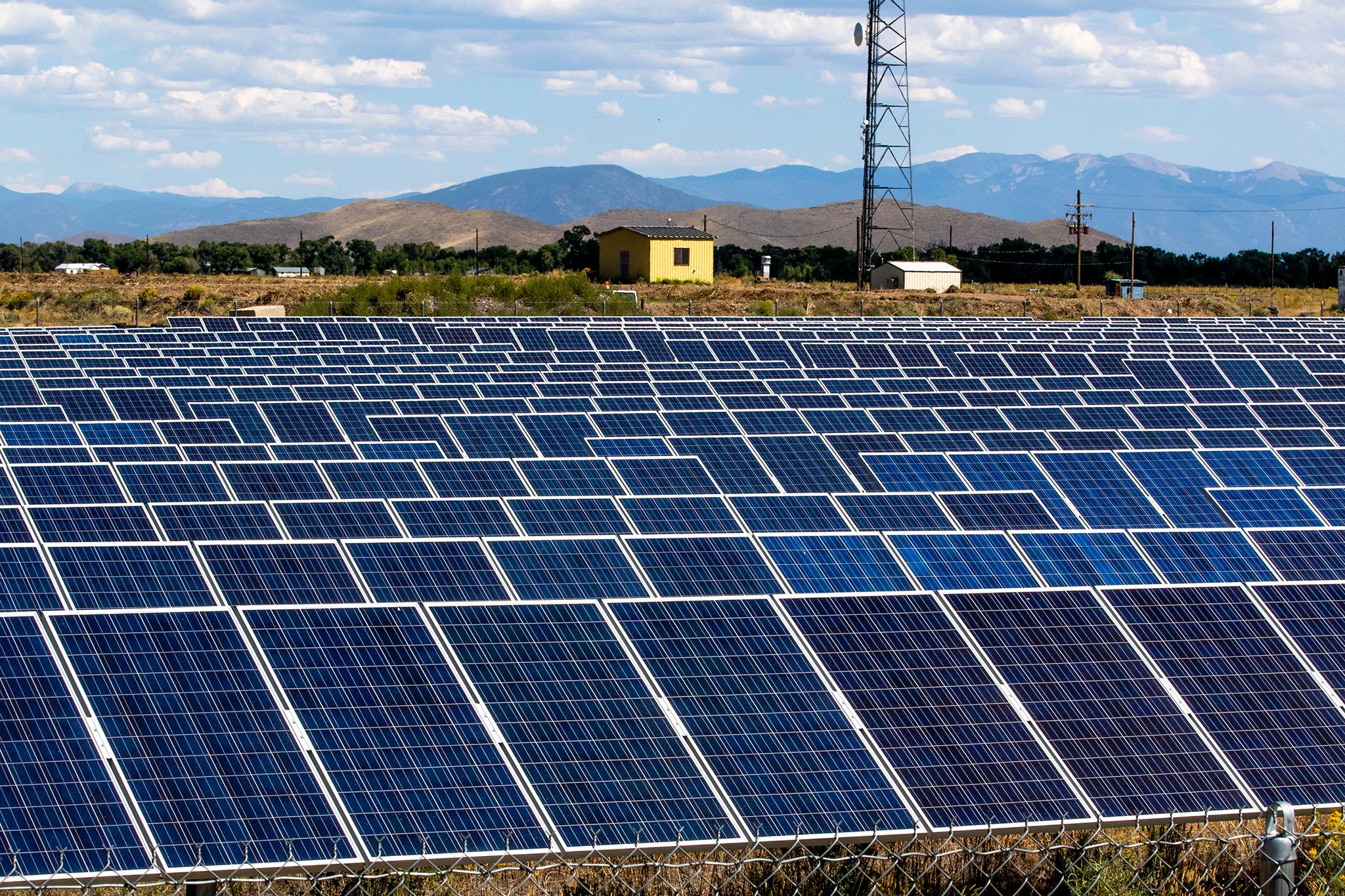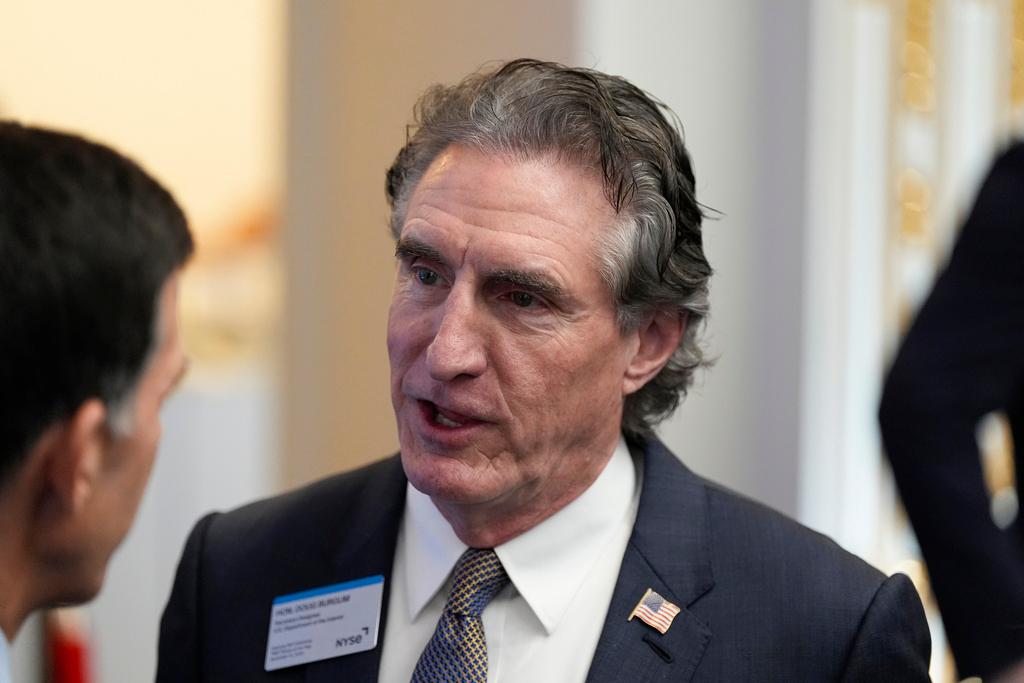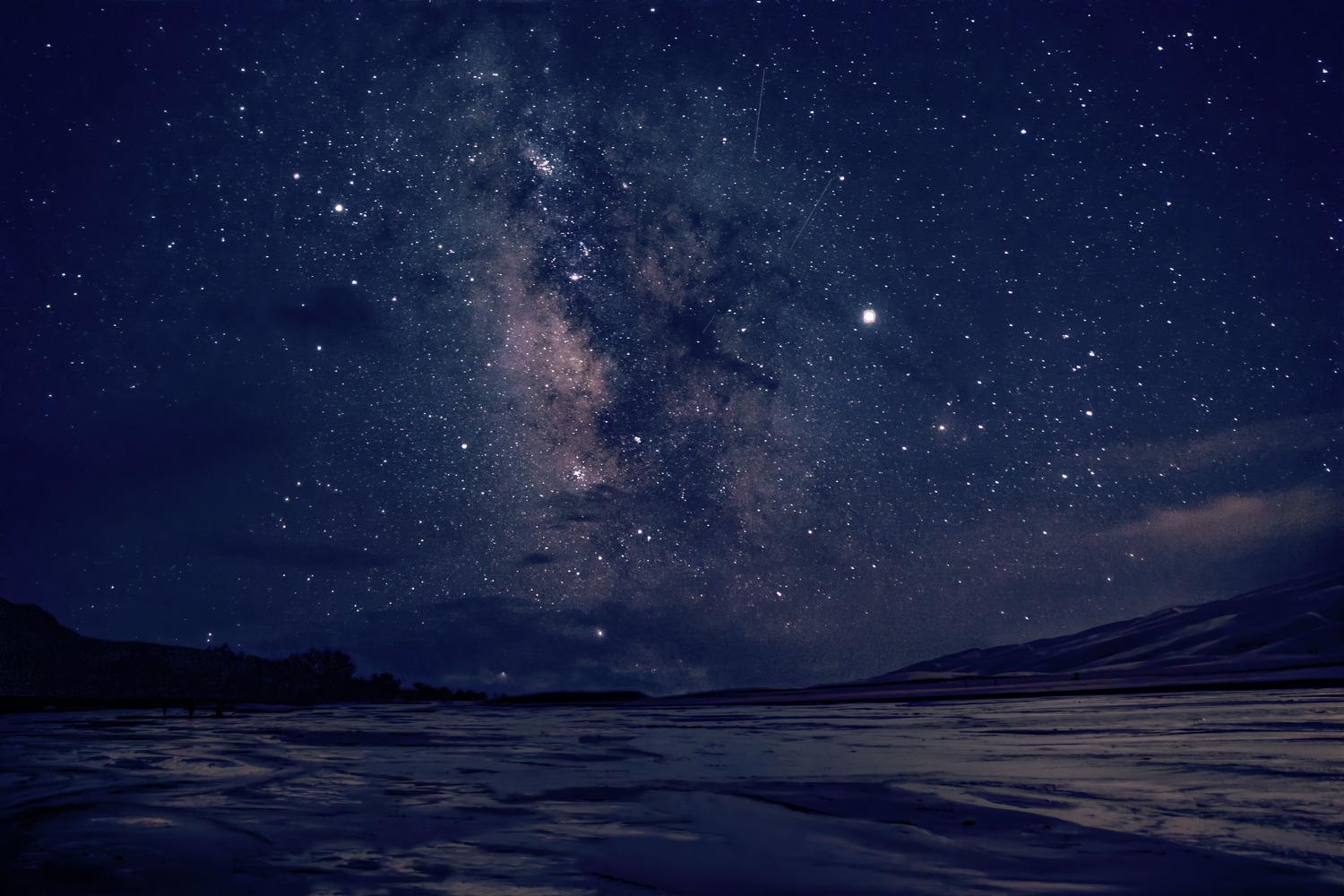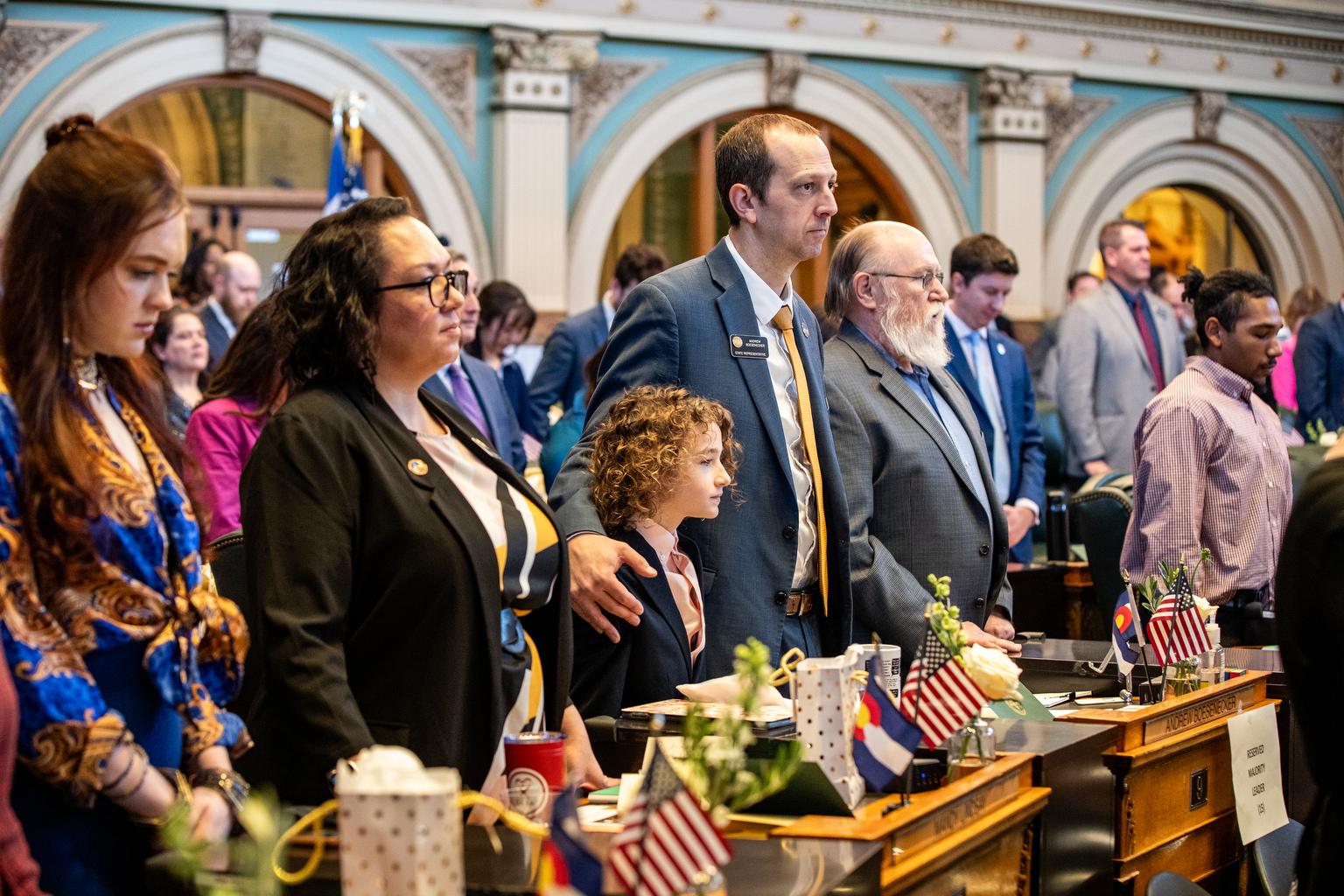
More large solar power projects on public lands in the Western United States may finally see the light of day, thanks to a newly finalized plan that opens up millions of acres for development.
But the plan – which lists around 594,000 acres in Colorado as available for such projects – could be changed by the incoming Trump administration.
On Dec. 20, the U.S. Bureau of Land Management approved amendments to its Western Solar Plan, which guides where utility-scale solar projects can be developed on federal public lands in 11 states, including Colorado, Arizona and Nevada.
The BLM balances competing uses for nearly 162 million acres across those 11 states through “resource management plans,” which spell out how activities like drilling, mining, renewable projects, recreation, and wildlife protection should overlap.
The Western Solar Plan amends dozens of these plans, opening the door for nearly 32 million acres to be considered for the largest solar projects. It also requires developers to work with state wildlife agencies and avoid placing the projects near important big game habitats, like migration corridors, according to Kate Groetzinger, communications manager for the Center for Western Priorities, an advocacy organization that supports the plan.
“This creates a template to locate solar projects in areas where there's a lot of sun, and low amounts of conflict with habitat and other natural and cultural resources,” Groetzinger said.
The BLM estimates that only a fraction of the land open for solar – around 700,000 acres – will actually contain utility-scale solar projects by 2045. The agency hopes that designating more land for development allows for flexibility if projects, or land-use priorities, change.
But groups like American Clean Power, which represents over 800 utility-scale solar and other renewable energy companies, say some suitable land may still have been excluded from the plan.
“The solar industry has consistently raised concerns during this process about the impact of land exclusions and project design features that are not even remotely addressed by this decision,” wrote Frank Macchiarola, American Clean Power’s chief policy officer, in a December statement.
“It’s disappointing BLM did not finalize a more balanced approach to development and conservation.”
New plan, but new administration
The agency last updated its plan in 2012, which applied to only six Western states and listed far fewer acres as available for big solar projects. Since then, solar technology has improved and the price of solar energy has plummeted.
The recently finalized plan prioritizes acres that are near existing or planned transmission lines and considers land that has previously been developed. The plan sets more than 130 million acres as off-limits to large solar projects — if it has special significance to tribes or contains critical habitat for animals like the greater sage grouse, among other criteria.
The hope is to steer projects away from land that could become mired in conflicts or lawsuits, and toward areas that are most likely to be developed, according to the agency.
“Siting projects away from areas where they may conflict with other resources and uses will help ensure responsible development, speed the permitting process, and provide greater predictability to the solar energy industry,” the Interior Department wrote in a statement.
In Colorado, nearly 7.7 million acres of federal land will be off-limits to solar projects, including areas that were previously open under the 2012 plan.
The plan does not approve any individual solar projects, or exclude oil or gas drilling from lands prioritized for solar, and every large solar project will still have to go through environmental reviews, which could take years.
The plan comes on the heels of a 2020 federal law and a 2021 Biden executive order directing the government to ramp up renewable energy permitting on federal public lands.
President-elect Trump wants to increase fossil fuel drilling to make the U.S. the world’s dominant energy producer, even though the country is producing more crude oil than any nation in history. Still, Trump said he was “a big fan of solar” during his September presidential debate with Vice President Kamala Harris.
In November, Trump tapped former North Dakota Gov. Doug Burgum to lead the Interior Department, which oversees the BLM. Burgum has been a proponent of opening more federal lands for oil and gas drilling and easing environmental regulations, which he says have hurt the country.

Under the new administration, the BLM could decide to scrap the solar plan and propose a new one, which would require years of environmental review and public input.
Congress could also use the Congressional Review Act to reverse certain regulatory actions made in the waning days of the Biden administration. But that is unlikely based on how the law works, according to Groetzinger.
“That would essentially hamstring the BLM from ever creating a solar plan again,” Groetzinger said. “Congress would then have to create a western solar plan, and we all know Congress is not capable of doing that.”
Some in the solar industry seem optimistic about the future. In December, the Solar Energy Industries Association, a trade group, published policy goals to grow solar output during the second Trump administration.
“The path to American energy dominance needs an ‘all of the above strategy’ that includes strong solar and battery storage industries,” the group wrote.









